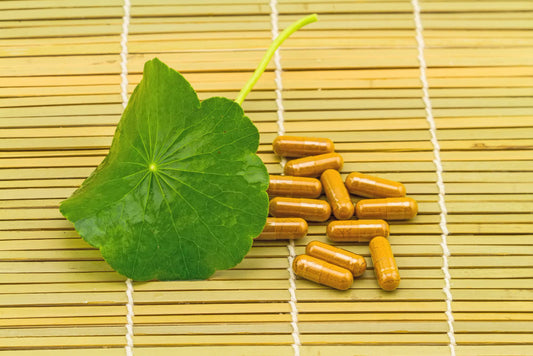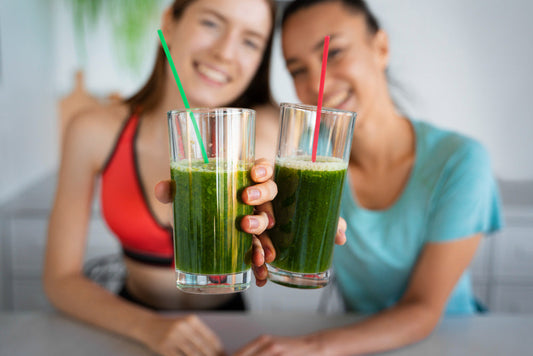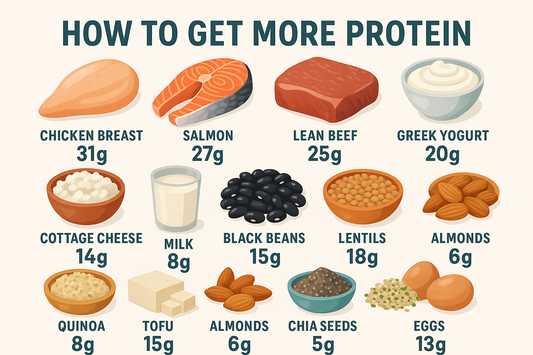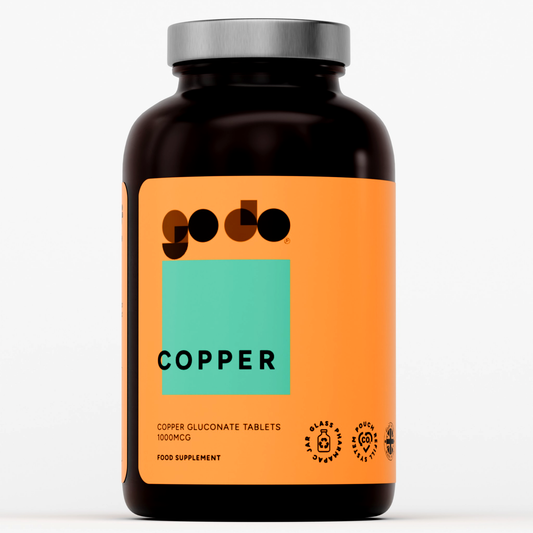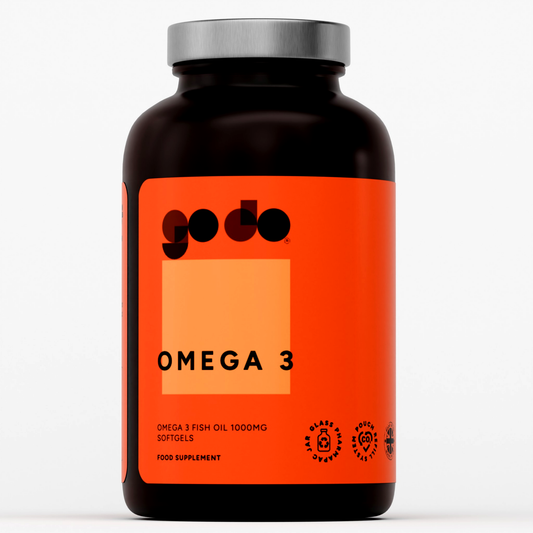
Are you still wearing the same running shoes you wore in 1987?
Are you still wearing the same running shoes you wore in 1987? If so, you may be doing more damage than good. There are some things you need to understand about running shoes so you know why changing them at specific intervals is so important.
Running Shoe Basics
Running shoes have a shelf life, much like any other product you purchase. You can’t just buy a pair and expect them to last forever. Their soles start to thin, similar to tread on a tire. Also, their cushion becomes less supportive, like how a pillow flattens over time.
If you don’t change them at regular intervals, you risk injury. Your muscles and joints aren’t properly supported and your body can quickly start to feel the effects (in your feet, legs and back). And, if you continue to run despite the aches and pains you feel, you can do some major damage that may prohibit you in the future from running altogether.
What Experts Think
So, how often should you change them? There are a lot of different opinions by experts in the field, but most of them agree that they should be swapped out once they have 500 miles on them. For some people that may take a few years, whereas for others it may only be six months or so (sometimes less).
Ultimately though, it depends on the quality of the shoe. If you tend to buy cheaper footwear, you may want to change them every 300 miles. If you buy top of the line running shoes, you can probably wear them 600-700 miles before they should be chucked in the garbage.
If you don’t know how many miles you’ve put on yours, there are some other “tests” you can use. For instance, try pushing on the inside sole. If it has no cushioning, then it’s time to let them go. Or, if your shoes are starting to fall apart that is another great indicator that they’re past their prime.
It is also recommended that you have two pairs of running shoes and go back and forth between them. This allows your feet to experience different levels of cushioning and support, keeping you from experiencing injury due to repeated exposure to just one type.
Throw out those shoes from the 1980’s and get some new ones. Your feet, back and entire body will thank you.
